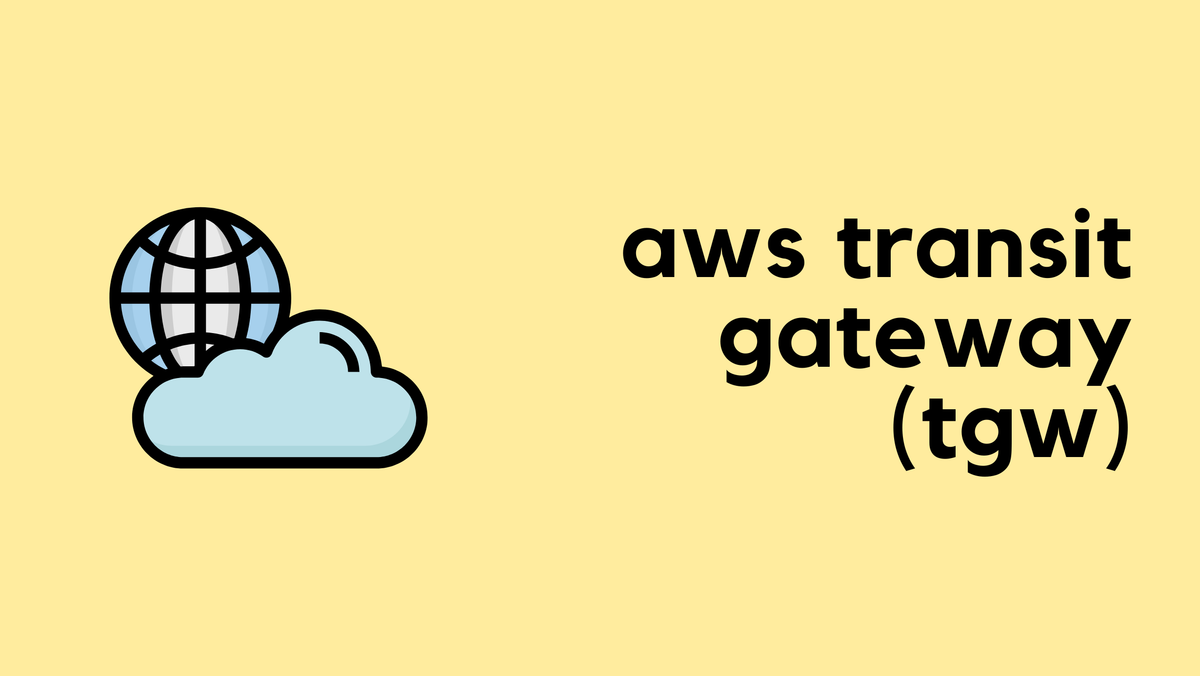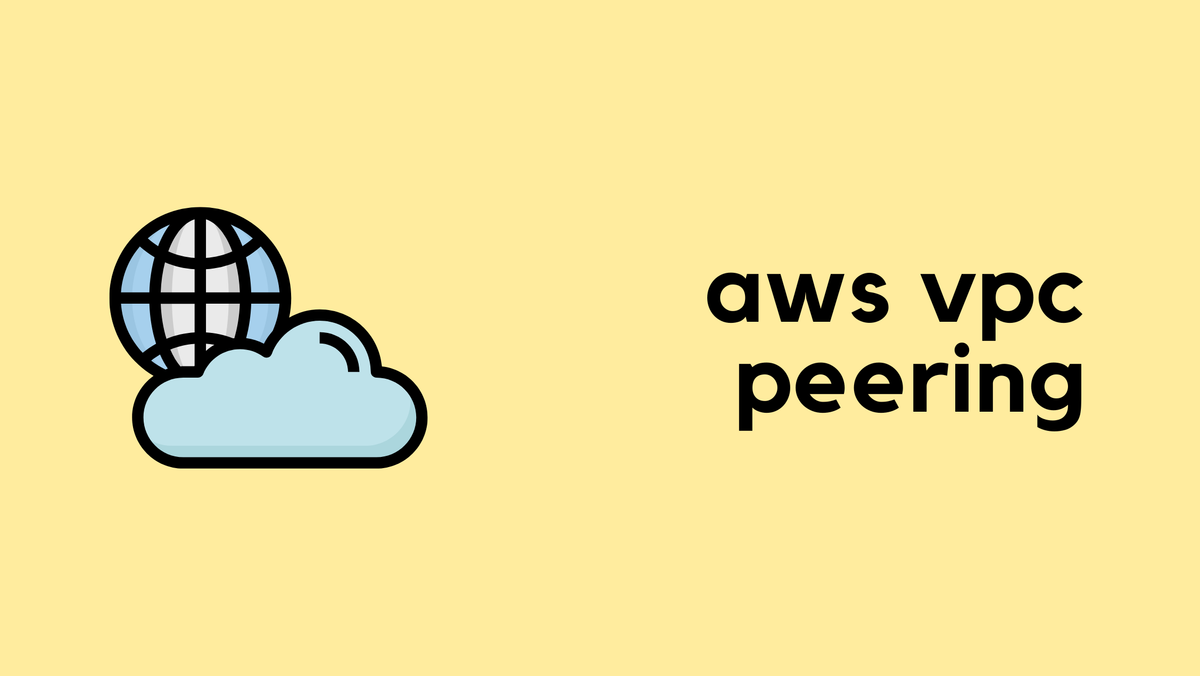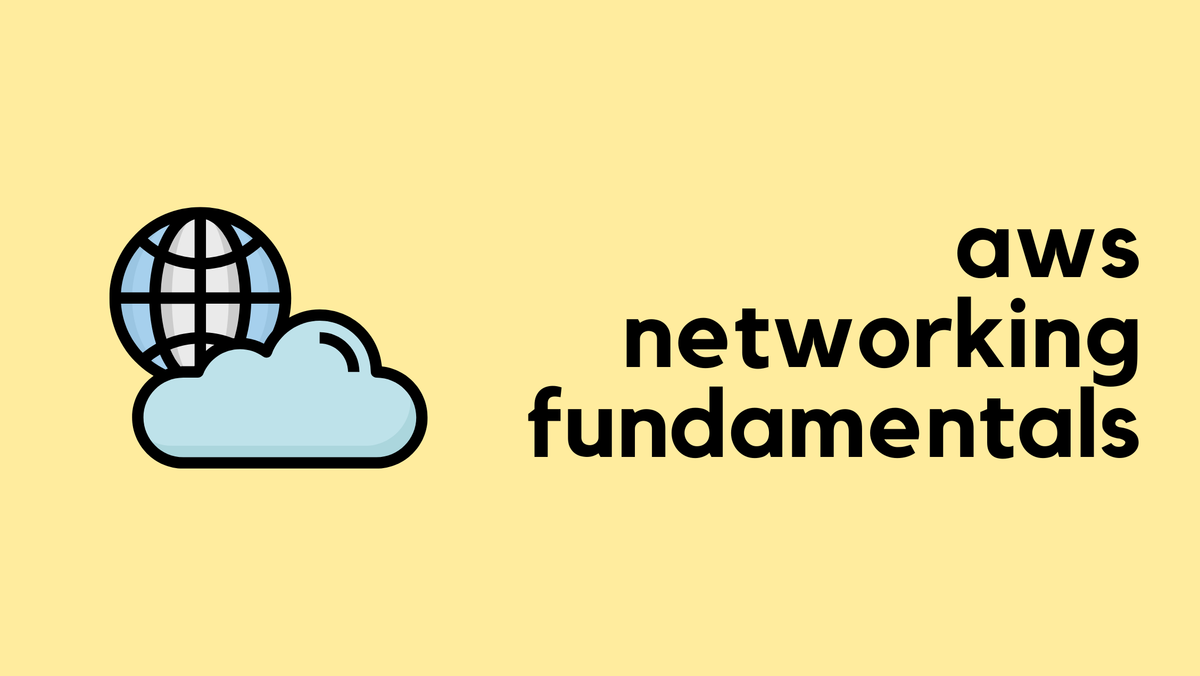Dual-Stack Common-Services VRF Confuses Aruba CX
As I was running the netlab pre-release integration tests, I noticed that ArubaCX failed the IPv6 Common Services test (it worked before). Here’s the gist of what that test does:
- It creates three VRFs (red, blue, and common)
- It imports routes from red and blue VRF into the common VRF and routes from the common VRF into the red and blue VRF (the schoolbook example of common services VRF)
- Just to be on the safe side, it imports red routes into the red VRF and so on.
Here’s the relevant part of the netlab lab topology:









